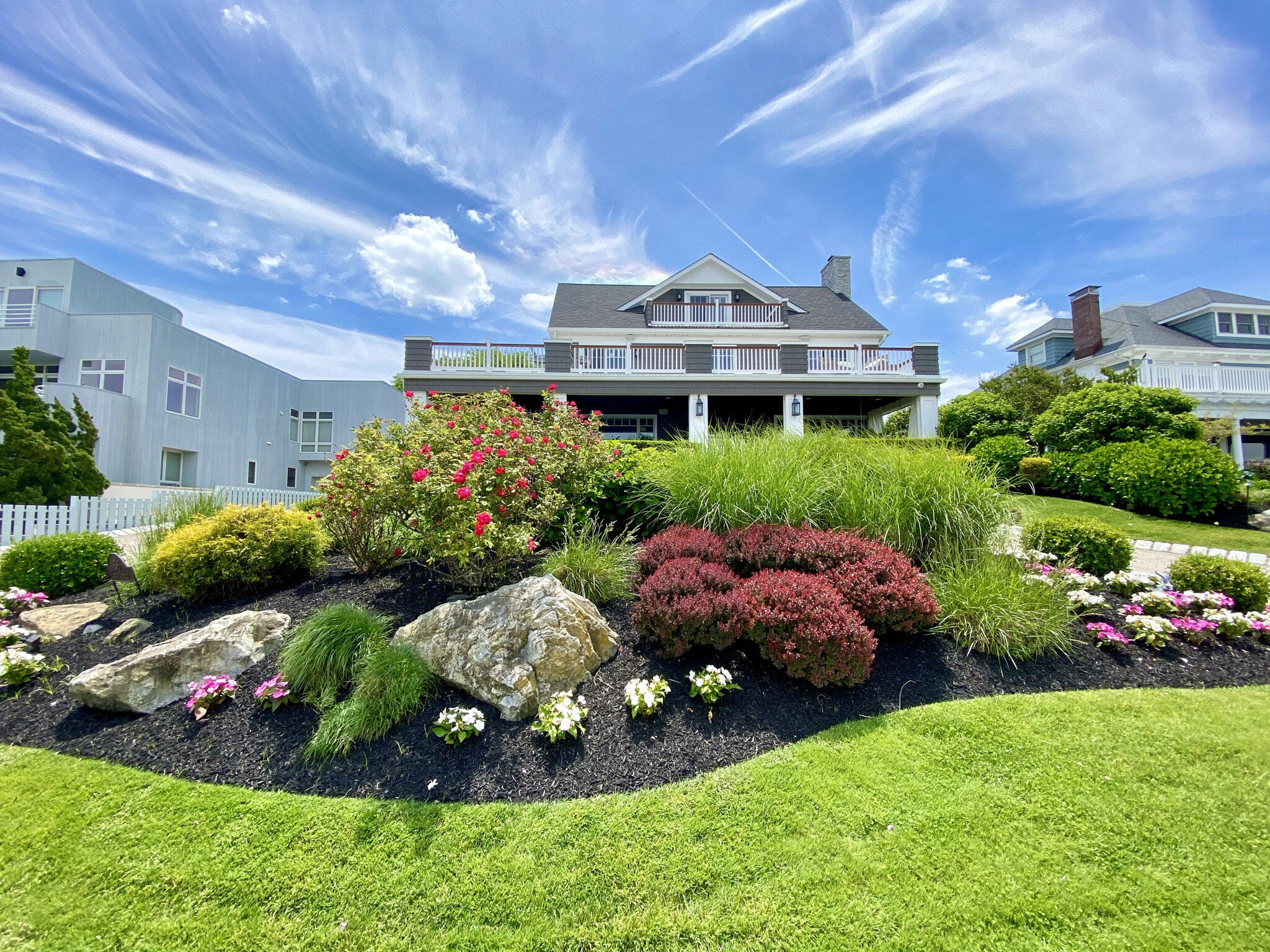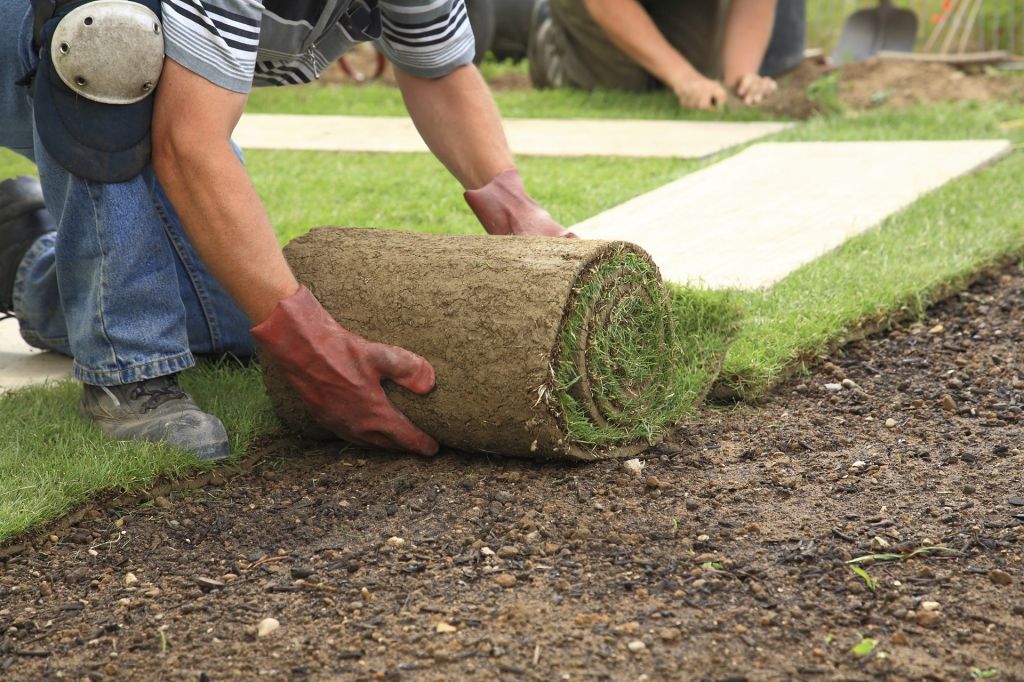Landscapers Las Vegas Teams Focusing On Both Residential and Commercial Spaces
Landscapers Las Vegas Teams Focusing On Both Residential and Commercial Spaces
Blog Article
The Significance of Recognizing Various Kinds Of Landscape Design for Your Yard
Recognizing the numerous kinds of landscape design is a crucial part in crafting a yard that not just shows personal preference yet additionally satisfies environmental requirements. Each landscaping design-- be it official, home, sustainable, or urban-- provides distinctive benefits that can substantially influence the overall wellness and aesthetics of your exterior area.
Advantages of Landscaping Knowledge
Understanding the principles of landscape design provides numerous benefits for both beginner and knowledgeable garden enthusiasts alike. A strong grasp of landscaping concepts allows individuals to develop aesthetically enticing and practical exterior areas that straighten with their personal choices and the details attributes of their gardens.
One substantial benefit is boosted environmental wellness. Understanding of indigenous plants and sustainable practices allows garden enthusiasts to cultivate ecological communities that promote biodiversity while minimizing the need for chemical plant foods and pesticides. Furthermore, understanding soil kinds and drainage can cause much healthier plant growth and reduced erosion.
Landscape design expertise also improves the visual value of a property. By learning more about layout elements such as appearance, scale, and color, garden enthusiasts can develop natural and welcoming landscapes that boost aesthetic charm. This not only boosts personal pleasure yet can additionally boost home value.
Moreover, educated garden enthusiasts can conserve time and resources. Identifying the right plants for specific conditions, such as light and moisture levels, guarantees that efforts are not lost on improper selections. Eventually, a detailed understanding of landscape design encourages people to make enlightened choices, cultivating a much more satisfying gardening experience.
Summary of Landscaping Types
Landscaping incorporates a variety of methods and designs, each customized to fulfill the one-of-a-kind demands and preferences of gardeners. Understanding these diverse kinds is critical for producing an outside space that aligns with environmental factors to consider and private preferences.
One preferred type is conventional landscaping, identified by organized layouts, distinct flowerbeds, and the usage of in proportion plantings. This style often stresses a sense of order and harmony within the yard - Landscapers Las Vegas. In contrast, naturalistic landscape design focuses on simulating the appeal of nature, utilizing indigenous plants and organic forms to create an extra unwinded and casual atmosphere
Sustainable landscape design has obtained traction, advertising green methods that preserve water and lower chemical use. This strategy commonly incorporates xeriscaping, which utilizes drought-resistant plants appropriate for arid environments. Additionally, city landscape design addresses the difficulties of minimal space in city settings, typically making use of vertical gardens and roof spaces to make best use of greenery.
Official Landscape Design Explained
Defined by its meticulous design and organized components, formal landscape design creates an environment of style and sophistication in outside areas. This design emphasizes balance, geometric forms, and distinct lines, typically including manicured hedges, topiaries, and orderly flower beds. The general result is a polished and refined setting that accentuates building functions and improves the elegance of the surrounding landscape.
In official landscape design, paths are usually straight and might be lined with consistent products such as block or rock. These courses usually lead to prime focus such as water fountains, statuaries, or decorative trees, better boosting the organized nature of the layout. Shade schemes often tend to be a lot more restricted, concentrating on unified combinations that promote a peaceful environment.
Water functions in formal landscapes are typically developed with precision, typically looking like circular or rectangle-shaped swimming pools. The cautious placement of plants is essential, with varieties chosen for their ability to maintain a tidy look throughout the periods. Generally, formal landscaping is ideal for those that appreciate order and sophistication, offering a timeless aesthetic that can significantly boost the worth and appeal of exterior rooms.
Home Garden Features
Cottage yards commonly evoke a feeling of charm and whimsy, mixing a variety of plants in an apparently slipshod yet unified plan. Identified by their rich, casual layout, these yards normally feature a diverse mix of blooming perennials, annuals, natural herbs, and veggies. This diverse planting not just creates aesthetic interest however additionally attracts useful insects and promotes a well balanced community.
A vital characteristic of home yards is their use traditional materials and frameworks. Rock paths, rustic fencing, and wooden trellises are frequently incorporated to enhance the garden's enchanting appeal. Additionally, the addition of seating locations, such as benches or arbors, encourages relaxation within this tranquil setting.
Shade plays a significant function in home yards, with a focus on soft pastels and vibrant shades that evoke a feeling of fond memories. Blossoms like hollyhocks, foxgloves, and roses are staples, usually intermingled with fragrant natural herbs such as lavender and thyme.
Home yards mirror a philosophy of embracing nature's unpredictability, resulting in a distinct and inviting space. By prioritizing biodiversity and aesthetic appeal, they develop an attractive setup for both yard lovers and laid-back onlookers alike.
Sustainable Landscaping Practices
Incorporating lasting landscape design practices is essential for developing eco-friendly yards that grow while lessening their environmental effect. Las Vegas Landscaping. Lasting landscape design focuses on the efficient use sources, advertising biodiversity, and improving the natural surroundings
One key browse this site technique is choosing native plants, which are well-adapted to local problems and need less water, plant food, and official statement pesticides. This not only preserves resources but also sustains regional wild animals, consisting of pollinators. Executing water-efficient watering systems, such as drip watering or rainwater harvesting, better saves water while guaranteeing that plants receive ample wetness.

Moreover, minimizing grass areas and integrating hardscaping components can minimize maintenance and source use. These methods advertise an even more sustainable landscape that needs less inputs and gives ecological benefits. By accepting these strategies, garden enthusiasts can create rooms that are not only attractive but also contribute favorably to the setting, cultivating a harmonious balance between nature and human activity.

Conclusion
In verdict, a detailed understanding of various landscape design types is important for developing an aesthetically pleasing and environmentally sustainable garden. Eventually, embracing varied landscaping approaches promotes a harmonious partnership between exterior areas and their environments, advertising long-lasting ecological balance.
Recognizing the different kinds of landscaping is an important part in crafting a garden that not just reflects individual taste but likewise meets environmental needs. Each landscaping design-- be it formal, cottage, lasting, or urban-- gives distinct advantages that can blog significantly influence the overall wellness and appearances of your outdoor room. In comparison, naturalistic landscaping focuses on resembling the beauty of nature, using indigenous plants and organic types to produce a much more loosened up and informal setting.
In addition, metropolitan landscaping addresses the obstacles of limited area in city environments, commonly utilizing vertical yards and roof rooms to take full advantage of plant.
In verdict, a comprehensive understanding of different landscaping types is necessary for developing a cosmetically pleasing and environmentally sustainable garden. (Landscaping Company)
Report this page